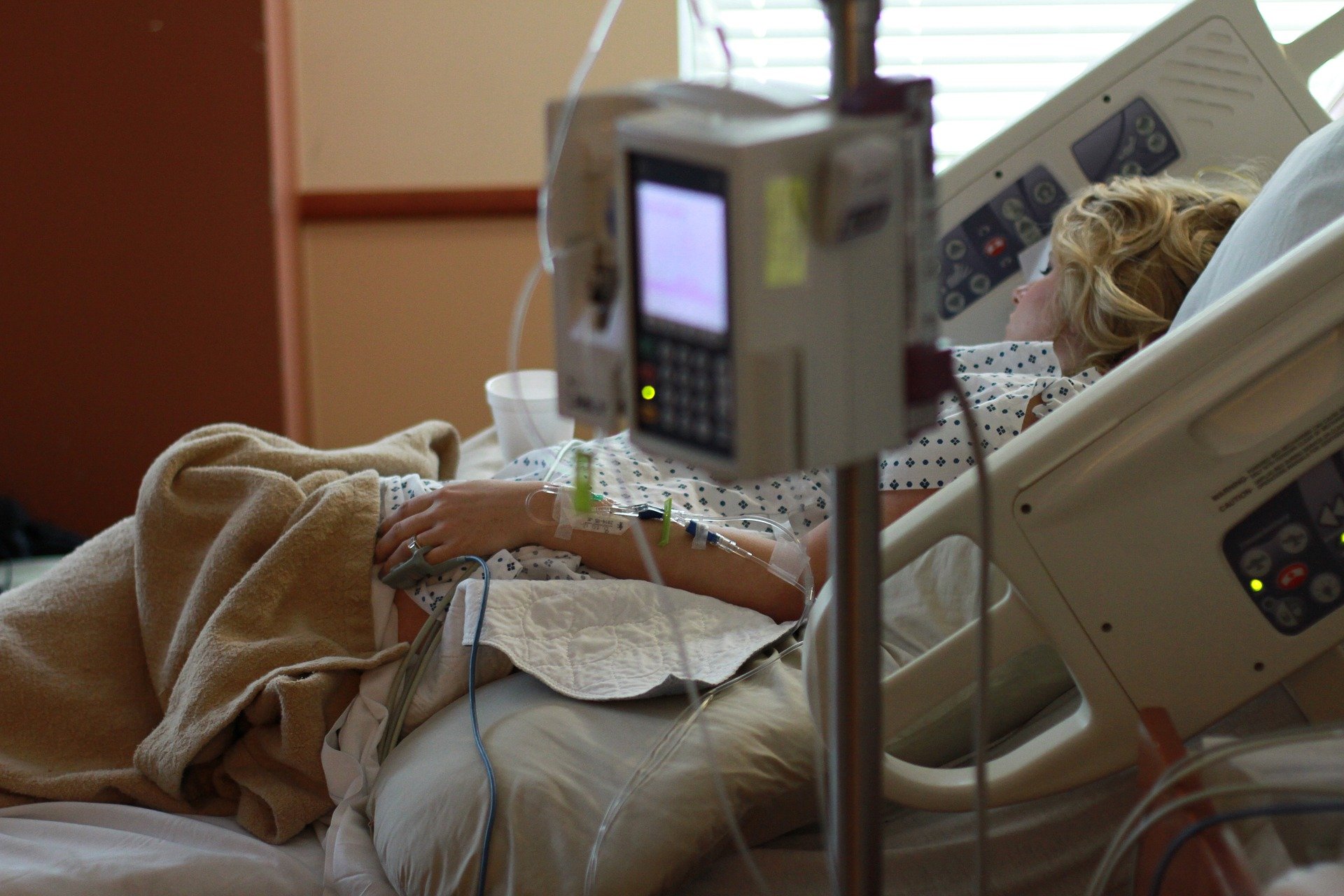According to the Department of Health and Human Services, 30 percent of birth injuries are preventable. Unfortunately, medical malpractice is still one of the leading causes of birth injuries in the USA. This post is based on the study by the Centers for Disease Control and Prevention (CDC) which underlines the most common types of birth injuries associated with medical malpractice or neglect.
Brachial Palsy Injuries
Brachial palsy injuries are the damage to the bundle of nerves responsible for moving the arms and hands or the brachial plexus. The result of the damage may be temporary and moderate or extreme and permanent. In about ten percent of cases, the damage is permanent. The common cause involving brachial plexus injuries include shoulder dystocia, which occurs when a baby’s shoulders are trapped in the mother’s pelvic bone during delivery. If a doctor pulls too hard while trying to move a trapped child, the brachial plexus can be broken. Erb’s palsy and Klumpke’s palsy are two types of brachial palsy injuries.
Brain Injuries
Lack of oxygen during birth can cause significant brain damage in newborns. Unfortunately, oxygen deprivation during delivery occurs more often than it should. When a child suffers a brain injury, many medical conditions, such as cerebral palsy and chronic illnesses, can be added to the mix. Oxygen deprivation can occur when a doctor or nurse does not properly monitor the baby during delivery and immediately after birth. The common causes of lack of oxygen are umbilical cord issues (prolapsed cord or cord wrapped around the baby’s neck), placental disruption, prolonged labor, and blocked airways. Studies suggest that moderate oxygen deprivation can lead to severe neurological damage, including mental retardation and long-term physiological difficulties.
Bone Fractures
A complicated or difficult birth would be the normal cause of broken bones in infants. A fracture to the collar bone is the most common type of fracture during delivery. This type of birth injury can occur when an obstetrician pulls the baby too hard in the breech position or when the shoulder has been pulled by a long, hard labor. Depending on the extent of the fracture, your doctor may order immobilization to treat the fracture. Fortunately, most fractures heal completely after treatment, and the baby is likely to recover.

